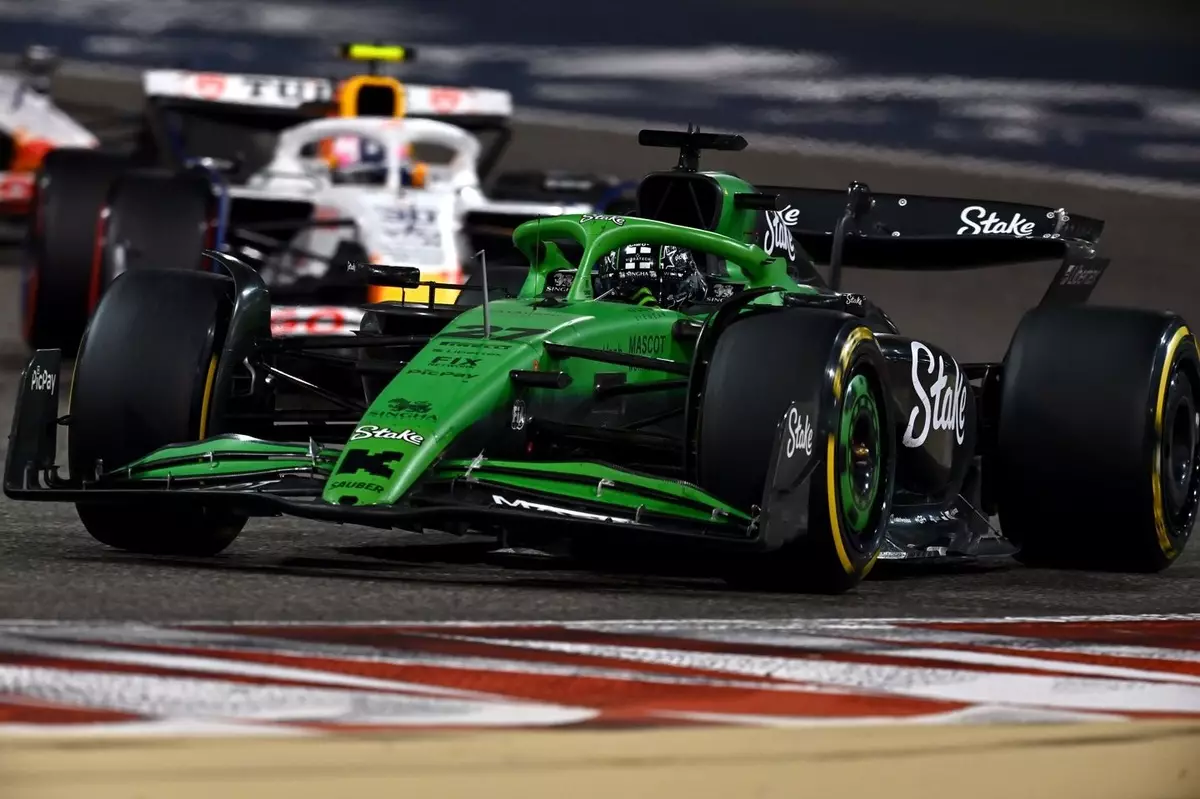The Sauber Formula 1 team recently found itself embroiled in a controversy after Nico Hulkenberg’s disqualification from the Bahrain Grand Prix. Finishing in 13th place after a challenging race, the team was struck a significant blow when Hulkenberg’s car was disqualified due to his skid plank being ground down to a mere 8.4mm—beneath the minimum required thickness of 9mm. This incident marks a troubling trend for Sauber, as it is the second instance this season where critical regulations around car mechanics have led to disqualification, raising questions about the team’s technical foresight and strategic planning.
The ramifications of such disqualifications extend far beyond mere statistics; they illuminate underlying issues concerning team management, vehicle performance, and the unforgiving nature of Formula 1 regulations. The scrutiny on the team increases as questions regarding compliance and oversight practices surface, marking a potentially detrimental month for Sauber’s reputation in the highly competitive racing landscape.
The Challenge of a Bumpy Circuit
Beat Zehnder, the experienced Sauber veteran, acknowledged the tricky nature of the Bahrain circuit for vehicle performance. He explained that the bumpy terrain could have influenced the skid wear; however, he was careful not to attribute the disqualification to external factors alone. Zehnder’s candor suggests that the team is committed to accountability, recognizing that while certain conditions can exacerbate performance issues, the responsibility ultimately lies with the team to ensure compliance with race regulations. His insistence that this incident should never happen again signifies a dedicated approach to process improvement that other teams should admire.
Moreover, with Hulkenberg only participating in limited laps during the third practice session (FP3), the lack of data may have contributed to their miscalibration of the skid plank’s condition. This highlights a critical aspect of Formula 1 racing: the need for comprehensive preparation and real-time data analysis to navigate the highly variable race conditions.
The Quest for Competitive Edge
In the wake of this disqualification, Sauber’s performance query extends to their ability to remain competitive within the current racing season. The team has only managed to score points during a chaotic race in Australia, which was exacerbated by the unpredictable weather conditions. With performance seemingly waning in Bahrain’s heat, the concerns regarding the car’s competitive window grow more pronounced.
Zehnder pointed out that qualifying positions are crucial to the overall performance during the race. The “dirty air” phenomenon, which severely impacts car performance when following closely behind another vehicle, underscores a significant challenge faced by Sauber and similar teams struggling to find pace. A differential of 1.2 to 1.5 seconds in lap times signals the steep competition and the necessity for continuous improvement. If Sauber wishes to stand alongside the more dominant teams, finding those precious tenths of a second quickly is imperative.
A Tale of Setups and Strategies
An interesting contrast was drawn between Hulkenberg and his teammate Gabriel Bortoleto, as they had different car setups affecting their performance. While Hulkenberg opted for a configuration with more downforce, which potentially resulted in the skid plank issue, Bortoleto’s setup suggested a path that might have been less susceptible to the increased wear. This subtlety illustrates that even minute differences in setup can lead to significant variations in performance under racing conditions, hinting at a deeper need for customization tailored to each driver’s style and the specific challenges of the track.
The need for strategic foresight is paramount for Sauber as they navigate the rest of the season. The lack of pace must be urgently addressed, as other teams are not simply waiting for any misstep; every moment counts in the relentless pursuit of points and ultimately, championship standings. The conundrum they face presents an opportunity to probe deeper into their engineering processes, analyze past races, and potentially learn from the errors that cost them dearly in Bahrain.
Sauber’s situation serves as a microcosm of the broader challenges faced within the unpredictable nature of Formula 1. As they look to rectify the underlying issues that led to the disqualification and improve their standings, their journey is one that transcends mere racing; it’s a testament to resilience in the face of adversity, strategic ingenuity, and the relentless quest for advancement in a sport where every millisecond counts.


Leave a Reply